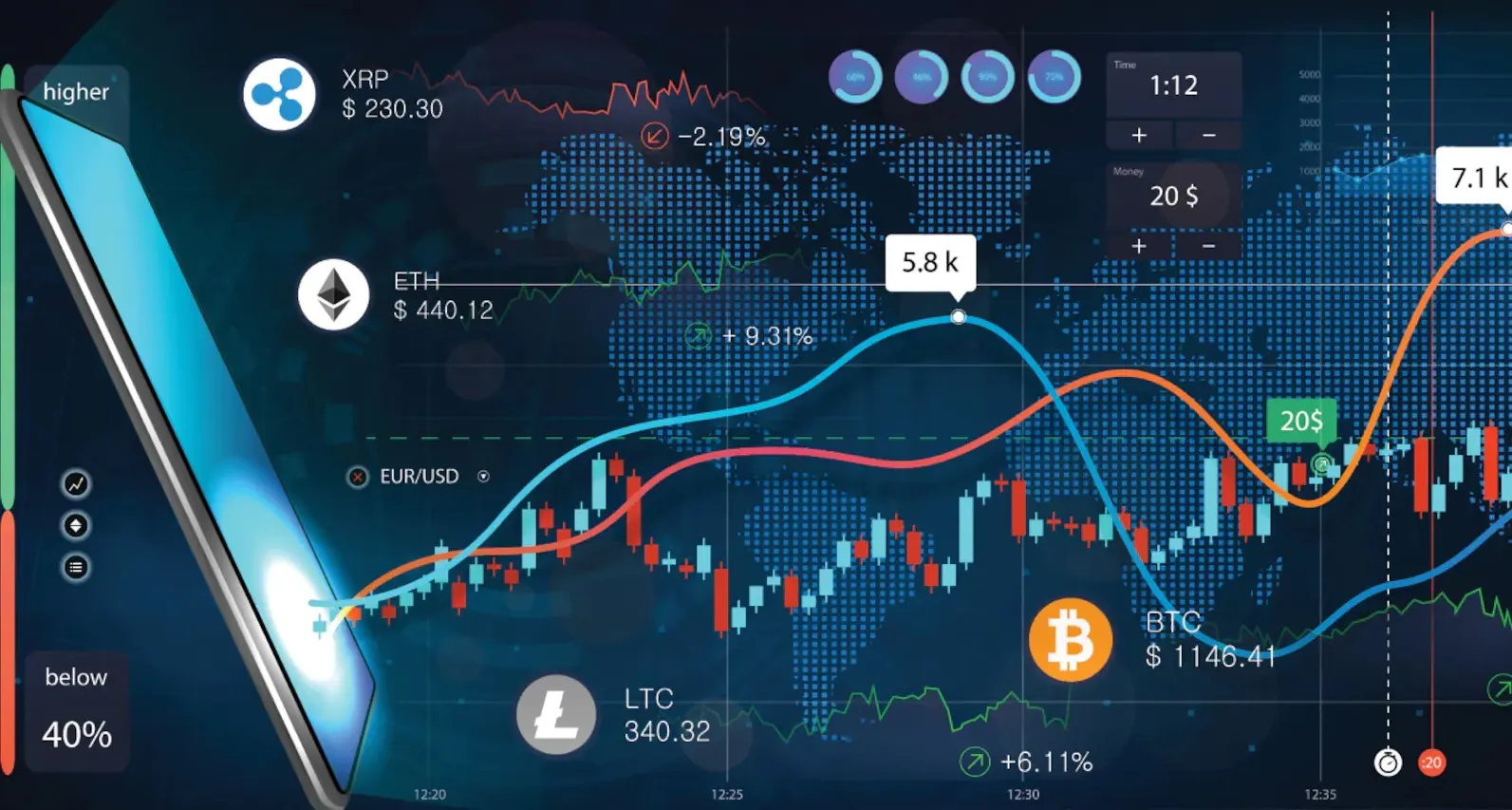As investors seek strategies to thrive in financial markets without hefty capital reserves, margin trading materialises as a viable option. This practice involves using borrowed funds from a broker to increase one’s market stake.
However, margin trading is often deemed highly risky due to the potential to incur debt to the broker and even face account liquidation if not managed prudently.
In contrast to cash trading, margin accounts necessitate careful calculations and planning to maintain the maintenance margin. Let’s delve into what maintenance margin entails exactly and how you can effectively use margin trading.
The Meaning of Margin Accounts
Margin trading involves utilising a broker’s services and borrowing funds to explore market positions with high return potential. Traders typically tend to this approach when their account lacks sufficient equity but they wish to capitalise on lucrative market opportunities.
For instance, consider a trader anticipating an increase in Apple’s stock price following a new product launch and aiming to purchase 100 shares priced at $200 each. However, with only $1,000 available in their account, the total cost of this market order would amount to $20,000.
The trader can employ 1:20 leverage by utilising a margin account, effectively multiplying their $1,000 balance by 20. This enables them to execute the market order totalling $20,000.
Maintenance Margin Explained
Maintenance margin refers to the minimum amount of equity a trader must uphold as collateral for their broker to retain an open position in a margin trading account.
The maintenance margin for each market order is contingent upon the broker’s specific structure and regulations. It is determined as a percentage of the total margin utilised in the market order. This collateral provided by the trader serves as an indicator of the remaining funds in the account before the broker initiates a margin call.
Calculation of Maintenance Margin
Within the context of a margin trading account, the maintenance margin serves a key role to uphold an open trade position. In situations where the market plateaus and the value of the position depreciates, investors are obliged to keep their account balance above the margin level to prevent a margin call from their broker.
A margin call is a demand for additional funds to be deposited into the margin account to sustain the leveraged trading position and prevent a negative balance. Failure to meet this demand could result in the broker closing the account or liquidating assets to mitigate potential losses.
Several factors influence the calculation of the minimum required maintenance margin, including leverage, traded volume, initial margin, and broker guidelines. It’s important to note that margin trading inherently carries the risk of the investor owing money to the broker in the event of a loss-making market position. Therefore, this strategy is best suited for traders willing to accept significant risks and possess access to substantial cash reserves.
The maintenance margin, also known as the variation margin requirement, serves as a risk assessment tool, indicating the riskiness of a trade proposal and providing insight into potential outcomes if the market moves unfavourably. Hence, meticulous calculation and analysis are imperative before engaging in margin trading.
Maintenance Formulas
One clear method for calculating the exact amount required for the variation margin utilises the following formula:
Variation Margin Level = (PA * AEP * VMR) + AACP
Where:
PA – position amount.
AEP – average entry price.
VMR – variation margin rate.
ACCP – assumed commission for closing the position.
Additionally, a trader may determine the average position price using the following formula:
Average Position Price = TCV / TTA
Where:
TCV – Total contract value.
TTA – Total transaction amount.
A margin call occurs when a leveraged trade decreases in value and reaches the maintenance margin amount, prompting the investor to add funds to sustain the trade before the position is terminated. The margin call cost can be calculated in this way:
Margin Call Price = P0 (1 – initial margin / 1 – maintenance margin)
Where:
P0 – initial purchase price.
Margin trading with leverage involves specific considerations, and each broker may have different requirements despite the standard formulas mentioned above.
Therefore, it is advisable to consult with the broker regarding margin elements, calculations, amounts, and collateral before engaging in leverage trading.
Final Remarks
Trading on margin involves borrowing funds from a broker to execute larger market orders, anticipating higher profits. However, traders face the risk of accruing substantial debt to the broker if the market moves unfavourably and their position worsens in value.To maintain an open leveraged trading position, traders must always ensure that their trading account holds an amount equivalent to the variation margin. Despite the associated risks, some traders opt for this method to seize potentially lucrative trading opportunities.

